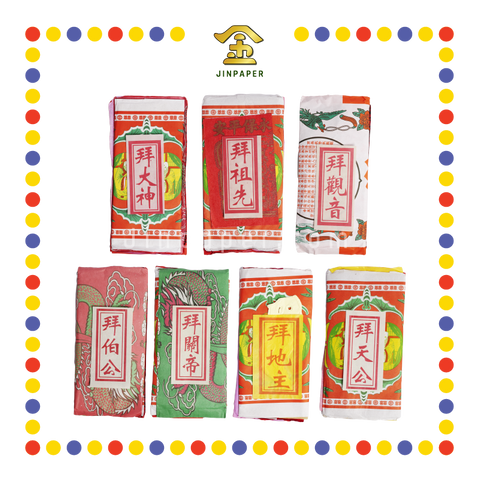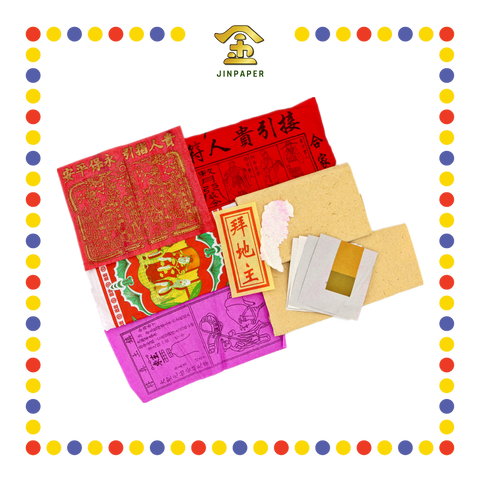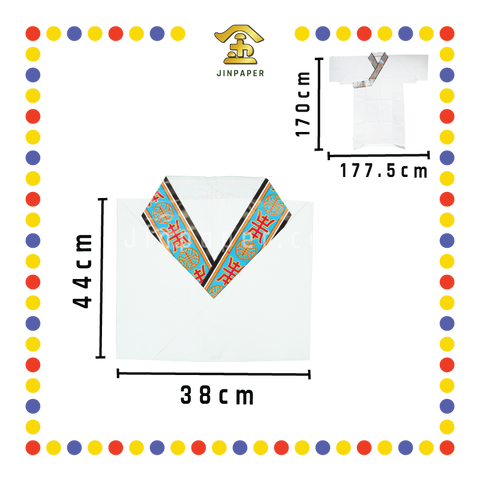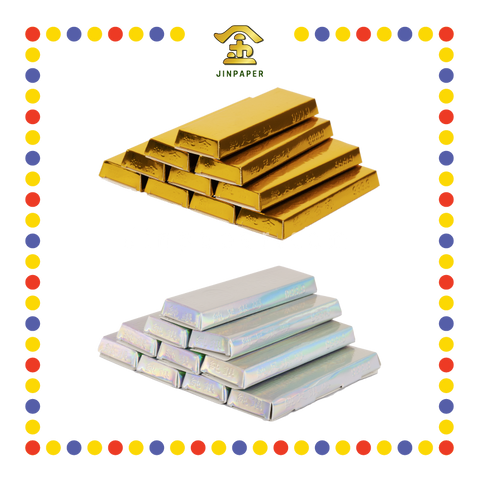Mid-Autumn Festival with Mooncake: A Complete Information

Mid-Autumn Festival with Mooncake: A Complete Information
In the coming weeks, we will likely see mooncakes and lanterns abound, reminding us that another year has passed, and the Mid-Autumn Festival is finally upon us once more. What started as a celebration of the year’s harvest in ancient times has now transitioned into a festive occasion to reconnect with family and friends. And if you’ve seen any of the marketing ads for new mooncakes from some of the high-end hotels and bakeries, you know there is little room for speculation as to how significant the Mid-Autumn Festival is.
Like many such traditional Chinese customs, there will be certain differences depending on the locality and cultural influence, with mooncakes and lanterns often being the common denominator. In Malaysia, generations young and old would often come together to observe this celebration, regardless of their individual religious beliefs. And as commercialized as it may have become, the Mid-Autumn Festival is still at its heart, a celebration of the good things that happened over the past year in honor of the moon.
History of Mid-Autumn Festival
So how did the Mid-Autumn Festival, or Moon Festival as it is sometimes called, come to be and why do we hang lanterns and eat mooncakes during this occasion? It is difficult to say specifically from whence the Mid-Autumn Festival began, but the origins of the Mid-Autumn Festival as we know it dates back at least 3000 years, during the time of the Shang dynasty. Back then, the Baiyue people would celebrate the year’s harvest during the autumn full moon.
The term mid-autumn (中秋) however, wasn’t officially used until around several hundred years later during the Western Zhou dynasty, and the festival itself started gaining traction shortly after during the reign of the early Tang dynasty. One folktale describes it as a consequence of the excursion to the Moon-Palace by Emperor Xuanzong of Tang.
By the time of the Northern Song dynasty, the Mid-Autumn Festival had become so popular that it was officially decreed that it would be celebrated on the 15th day of the 8th lunar month. Even as empires fall and dynasties change, the popularity of the Mid-Autumn Festival lives on. During the relatively recent Qing and Ming dynasties, Empress Dowager Qixi was known to have enjoyed the celebration so much that she would spend the time between the 13th and 17th day of the 8th lunar month to stage grand and elaborate rituals.
These days, the mainstream perception of the Mid-Autumn Festival is that it symbolizes familial unity and harmony. As such, families would often gather to admire the moon on this day, when the moon is at its zenith in roundness.
One would also often hear about Chang’e when discussing the Mid-Autumn Festival. Chang’e, the Goddess of the Moon, was the wife of Hou Yi, an ancient hero. One of the many fables explaining the origin of the Mid-Autumn Festival describes their tale as such:
The two of them existed at a time when ten suns hung in the sky, causing great strife and hardship for the local populace. Being a highly proficient marksman, Hou Yi shot down nine of the ten suns with his bow, thus easing the people’s suffering. For his heroic deeds, an immortal bestowed upon him an elixir of immortality. However, Hou Yi was unwilling to become immortal if it meant leaving Chang’e behind, so he asked the latter to keep it instead.
Unwittingly, one of Hou Yi’s apprentices, Peng Meng, had also learned of the elixir’s existence. Thus, on the 15th day of the 8th Chinese lunisolar month, while Hou Yi was out hunting, Peng Meng broke into his house and forced Chang’e to hand over the elixir. Naturally, Chang’e refused. Instead, she swallowed the elixir and flew into the sky. Wanting to remain by her husband’s side even though they can no longer be together, Chang’e took up residence on the moon.
When he came back, Hou Yi was greatly saddened by what had transgressed, proceeding to offer up cakes and fruits that Chang’e liked in the yard and give sacrifices to her. Hearing his tale, the locals sympathized with Hou Yi, and joined him in making offerings.

Chang’E, the Goddess of the Moon Source: JinPaper
Why Do the Chinese Celebrate the Mid-Autumn Festival?
After learning about the tales behind the Mid-Autumn Festival’s origins, it should come as no surprise why it remains such a celebrated tradition even today. Many Asian cultures are known to place great value in familial bonds and unity, and any occasion to get together is given a great amount of focus and dedication to.
In China and many parts of Southeast Asia, older generations often teach children that the roundness of the moon (圆) is synonymous with the unity of the family (团圆), and for that reason we come together with all our friends and family to observe the moon during the Mid-Autumn Festival.
When is the Mid-Autumn Festival?
As the name implies, the Mid-Autumn Festival takes place in the middle of the autumn months, and as mentioned previously, this date falls on the 15th of the 8th month on the Chinese lunisolar calendar. In Gregorian calendar terms, this normally correlates to some time around mid-September to early October. The celebration itself is typically a one-day affair, but the festive mood often lasts a couple days longer. And although Malaysia doesn’t necessarily adopt the practice, places such as Hong Kong and Taiwan do see to it that a public holiday is declared in conjunction with the Mid-Autumn Festival, either on the day itself or the day after.
How to celebrate the Mid-Autumn Festival?
Fortunately for the uninitiated, the Mid-Autumn Festival doesn’t have overly complicated rituals with rigid step-by-step procedures you have to adhere to or risk plunging you and your future generations into decades of misfortune. The overly grim illustration aside, it is true that the celebration is all about good times and merry-making with the people closest to you. That being said, there are always ways to add a little spice to your affair.
We’ve come this far without going too in-depth about it, but a quintessential part of any Mid-Autumn Festival celebration is the mooncake. It is no exaggeration to say that this little piece of pastry has defined the Mid-Autumn Festival for hundreds of years now. The fact that the Mid-Autumn Festival is very often called the Mooncake Festival should attest to how popular it is. These days, with people generally leading busier lives, families often just buy their mooncakes from their local baker or highly reputable hotels and bakeries. Traditionally however, mooncake making was more of a family activity. And if you and your loved ones have the time, we strongly suggest doing it the old-fashioned way. It isn’t overly difficult to do, and you can make things a little more fun by playing around with the flavors of the fillings, and even the design of the mooncake itself. It’s surely an interactive way to teach children about the Mid-Autumn Festival.
Although it isn’t necessarily customary in other Asian countries, there are many parts in China that still uphold the tradition of making the mooncake by hand and giving it away to family and friends. To Chinese people, the roundness of the mooncake symbolizes unity, and the act of gifting it to loved ones shows that you will always be family no matter how far away from one another you are and how long it has been since you were together. In Malaysia, the practice of gifting mooncakes still stands strong when it comes to showing familial unity, even though it’s not often that one would choose to handmake a mooncake.
While not nearly as popular as mooncakes these days, lanterns are also often associated with the Mid-Autumn Festival. Like the mooncake, you can choose to make these from scratch, or you can buy them from nearby malls or prayer item shops if you have any around you. Little is known how lanterns came to be associated with the Mid-Autumn Festival, but it does provide a very comfortable ambiance for admiring the moon, and although things are a little bit different now, it was a fairly common sight to see children frolicking about with their peers with lanterns in hand in the past.
When it comes to religious practice, certain families would set up altars out in the open, facing the moon. These would then be adorned with a variety of food offerings such as apples, pears, pomegranates, and pomelos, to name a few. Some may even put up a clay figurine of the Jade Rabbit, the animal that resided on the moon and accompanied Chang’e. It is also not uncommon to see lion and dragon dances hired to perform on this evening, as an added measure for good fortune.

Family dinner on Mid-Autumn Festival Source: JinPaper
Aside from the above, there really isn’t much more to the Mid-Autumn Festival. All you really need to look out for on the day itself is finding the perfect spot outdoors to set your table and decorations up so that you can get the best view of the moon. Other than that? Just take in the festive vibe and enjoy the company around you.
Conclusion
We hope that by going through this brief read on the Mid-Autumn Festival, our readers will be more prepared for the coming festivities, and maybe even take this as a quick reminder to check in with loved ones, and to send them good vibes during these trying times. We wish you all a Happy Mid-Autumn Festival.
As always, for more updates on Chinese folk traditions and prayer rituals, be sure to check us out at JinPaper, your number one source for Chinese prayer items and supplies! And if you’d like to see articles regarding certain topics that we’ve yet to talk about, be sure to drop us a comment down below!
























